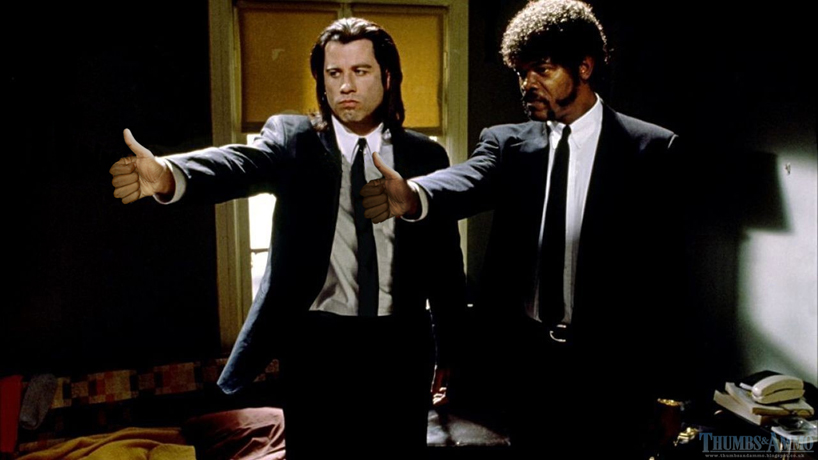Quote from: Ant123 on August 08, 2022, 11:18:21 AM
Have you tried to logging MMIO traffic through JPCore?
I'm logging all engio functions, including a special one on the 40D assigned only to JPEG, but since you'r asking .. I suddenly remeber I have seen multiple jpeg registers set directly without call to engio function somewhere, now I must hunt for these value!.

 , ML can do other aspect ratio that be be used to get more than 9000 frames in 3 minuttes. There is a calculator out there to guide you :
, ML can do other aspect ratio that be be used to get more than 9000 frames in 3 minuttes. There is a calculator out there to guide you :  , simply by doing allocation reserved. It seems (?) due to history that the allocating was done firstly using shoot_malloc allocation and the srm_malloc memory allocation. The shoot config allocation allocate memory but each buffer is much smaller than the full size 14 bits buffers (srm_malloc). So basically we're getting much more memory fragmentation than needed. By using the allocation in the reverse order memorhy fragmentation become much smaller, i.e. we have more big buffer and few smaller onces. The optimal case would be to allocate the entire memory as one blob, but I have'nt seen anyone being capable of that(?). The debug memory info is run by guess_free_mem_task which first allocated shoot config and then allocates using srm (the same happens in mlv_lite and mlv_rec). It's possible to do this in the reversed order.
, simply by doing allocation reserved. It seems (?) due to history that the allocating was done firstly using shoot_malloc allocation and the srm_malloc memory allocation. The shoot config allocation allocate memory but each buffer is much smaller than the full size 14 bits buffers (srm_malloc). So basically we're getting much more memory fragmentation than needed. By using the allocation in the reverse order memorhy fragmentation become much smaller, i.e. we have more big buffer and few smaller onces. The optimal case would be to allocate the entire memory as one blob, but I have'nt seen anyone being capable of that(?). The debug memory info is run by guess_free_mem_task which first allocated shoot config and then allocates using srm (the same happens in mlv_lite and mlv_rec). It's possible to do this in the reversed order. , click on the image to expand to full size.
, click on the image to expand to full size.
